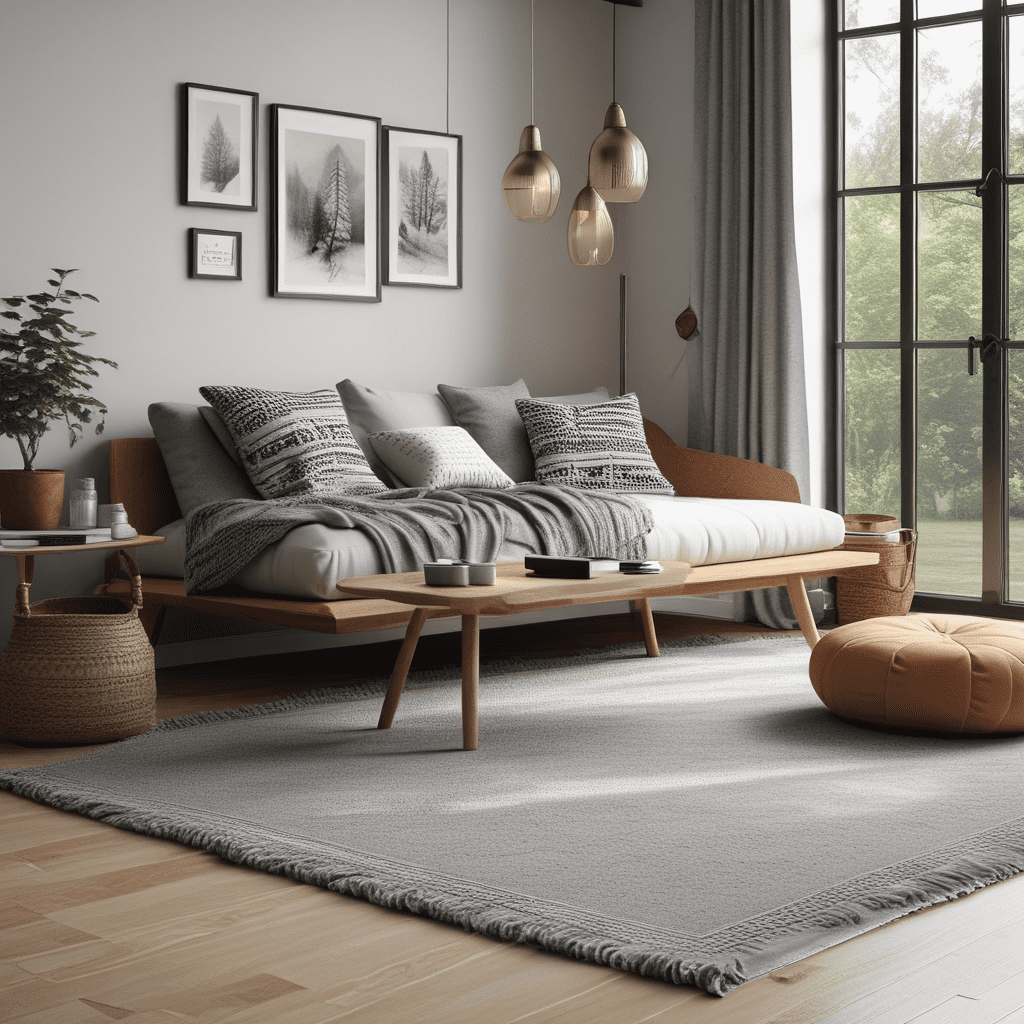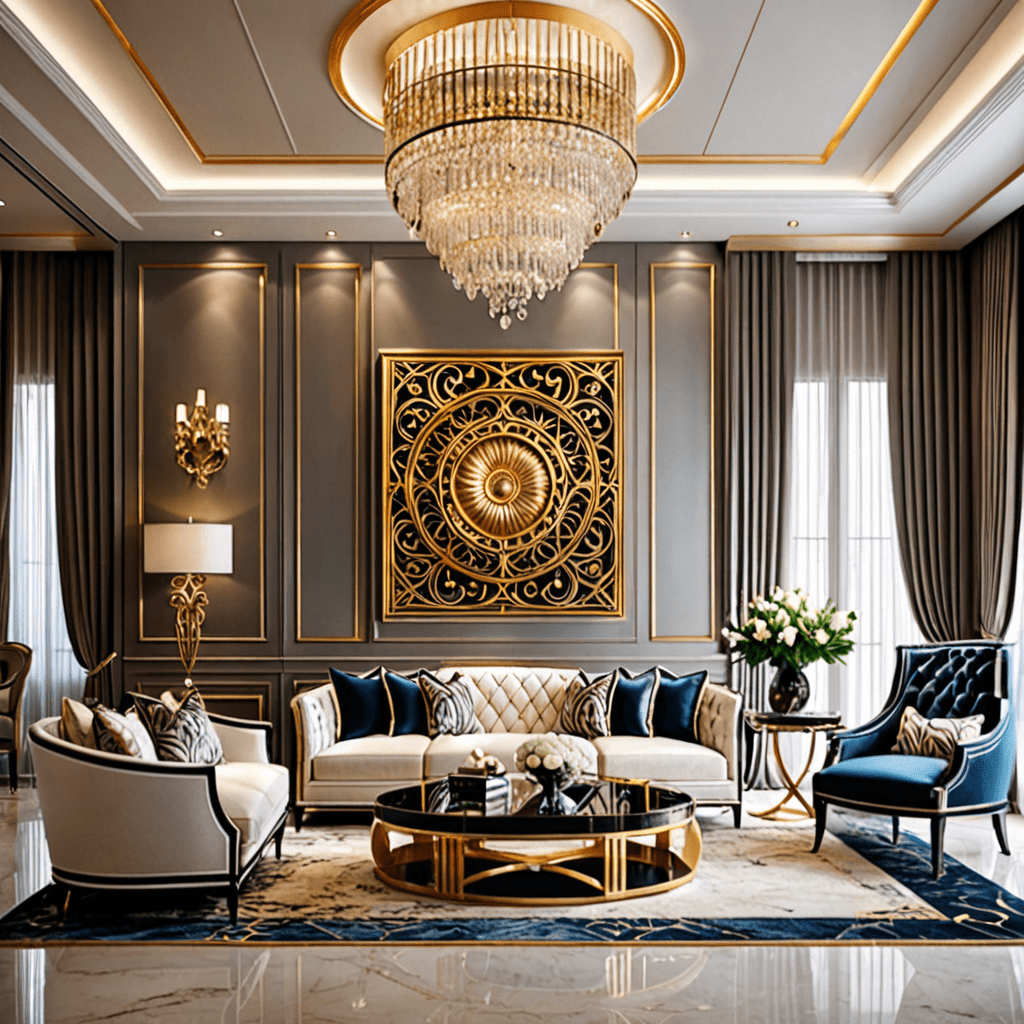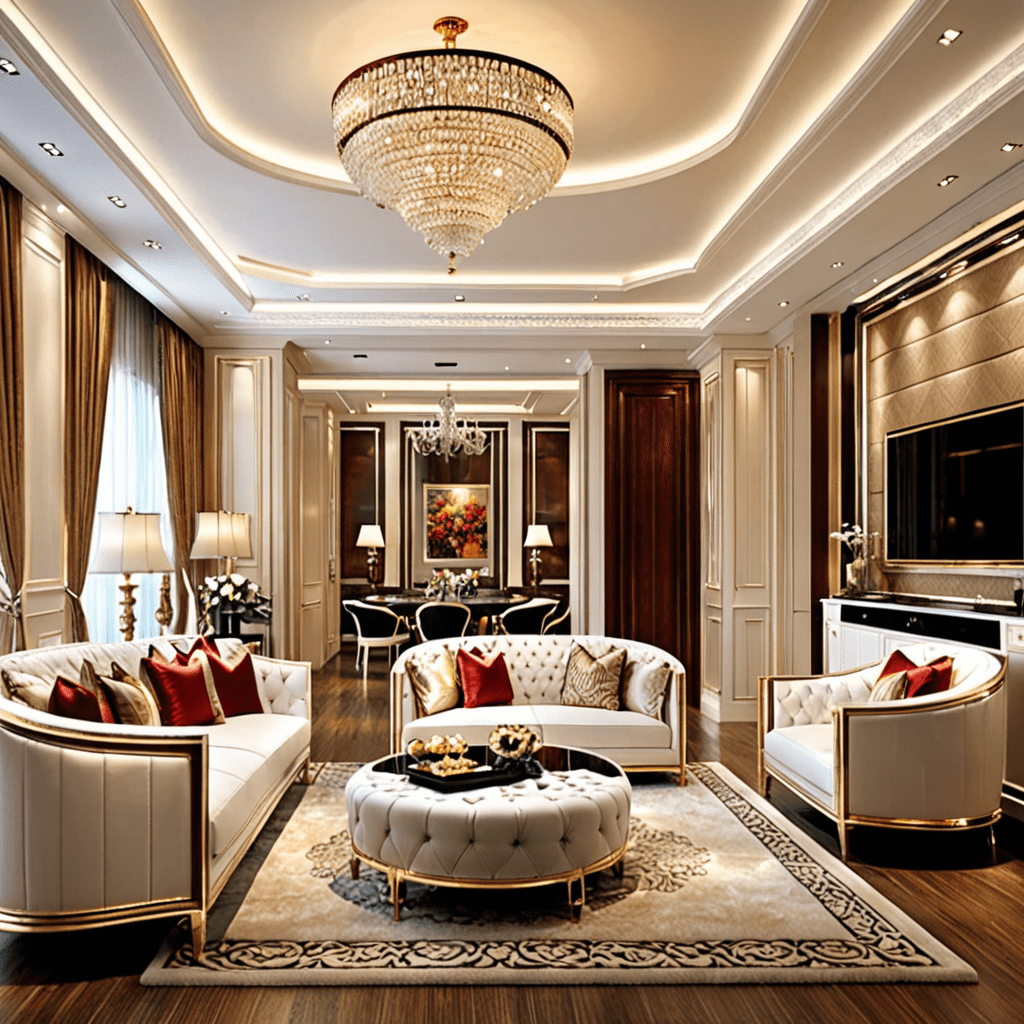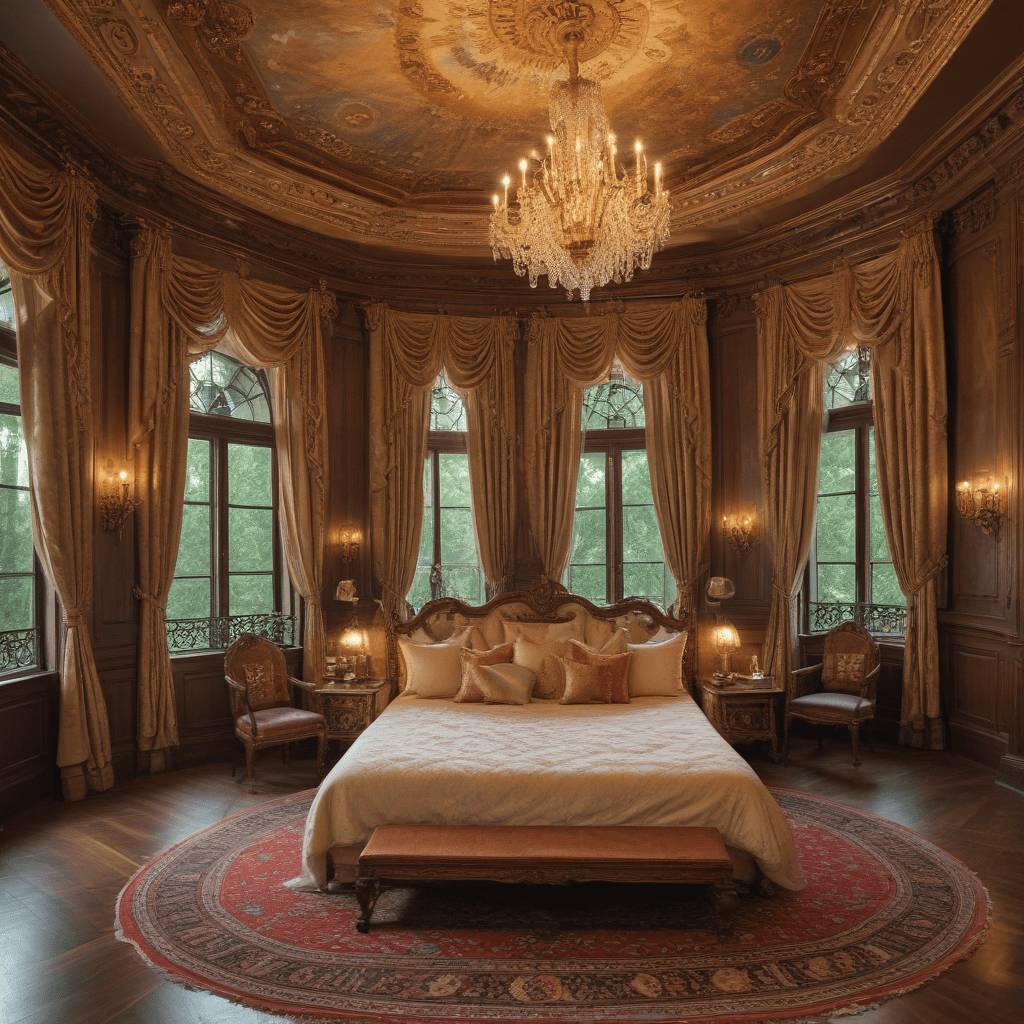Bespoke Joinery – The Perfect Way to Get Exactly What You Want in Your Home


Bespoke Joinery – The Perfect Way to Get Exactly What You Want in Your Home
Introduction
The art of bespoke joinery stands as a testament to the time-honored tradition of craftsmanship, merging both beauty and functionality within the sanctum of our living spaces. A home is not just a shelter but a canvas for personal expression, and tailored interior design plays a crucial role in painting that picture. In a world where every detail counts and individuality is revered, bespoke joinery emerges as the linchpin of a well-conceived design scheme. It ensures your abode is not only comfortable and inviting but also a unique reflection of your personality and lifestyle.
Key Elements of Bespoke Joinery
Bespoke joinery is about creating custom furniture and fixtures that are designed specifically for your space and style. Here’s what to consider:
- Element 1: Proportion and Scale
The pieces should be in proportion to the space, maintaining scale to either accentuate or complement the room’s dimensions. - Element 2: Functional Aesthetics
While aesthetics are crucial, functionality remains paramount. Custom joinery should address both by providing beautifully crafted pieces that serve their intended purpose. - Element 3: Material and Finish
From rich hardwoods to sleek metals, the materials and finishes used in bespoke joinery directly contribute to the atmosphere and longevity of the design. Element 4: Cohesion with Interior Design
Each custom piece should align with the existing or planned interior design, ensuring a harmonious look and feel.Element 5: Personalization
Bespoke joinery offers the unique advantage of personalization, making it possible to embed individual tastes and preferences into the very grain of your furniture.
Tips for Bespoke Joinery
To ensure that you achieve the desired outcome with your custom joinery, here are some practical considerations:
- Space Planning
- Start by assessing the space where the joinery will be placed and make sure to account for movement and flow.
- Blending Styles
- Mix and match design styles carefully to avoid clashes. Bespoke pieces can often be the bridge between different styles within a home.
- Prioritizing Investment Pieces
- Identify which pieces will be the focal points and allocate your budget to create standout custom elements there.
- Functionality First
- Consider the practical uses of each piece, and design accordingly. Ample storage, accessibility, and comfort should be key considerations.
- Collaborate with Craftsmen
- Communicate purposefully with your craftsmen. Their expertise is invaluable in bringing your vision to life, so be clear about your expectations and remain open to their suggestions.
FAQ about Bespoke Joinery
Question 1: What is bespoke joinery and how does it differ from off-the-shelf furniture?
– Answer: Bespoke joinery refers to tailor-made furniture and fittings crafted to suit specific measurements and design requirements of your space, unlike mass-produced items. The main distinction lies in the personalized approach and attention to detail, which ensures that each piece is unique and fits perfectly within its intended environment.
Question 2: How do I choose the right materials for my bespoke furniture?
– Answer: Selecting the right materials for bespoke furniture involves considering durability, maintenance, compatibility with existing decor, and personal preference. A consultation with a skilled joiner can provide insight into which materials would best suit your needs and aesthetic.
Question 3: Is bespoke joinery a sustainable choice for my home?
– Answer: Bespoke joinery can be a sustainable option, as it often uses high-quality materials that are built to last, reducing the need for frequent replacements. Moreover, local sourcing of materials and craftsmanship can minimize the carbon footprint associated with transportation.
Question 4: How do I ensure that my bespoke joinery fits within my budget?
– Answer: To fit bespoke joinery within your budget, prioritize the pieces that offer the most impact, consider the cost-benefit of high-quality materials over time, and discuss your budget upfront with the joiner to find solutions that align with your financial constraints without compromising on quality.
Question 5: What are the current trends in bespoke joinery?
– Answer: Recent trends in bespoke joinery include the use of mixed materials, the incorporation of smart technology into furniture, minimalist designs with attention to detail, and a focus on sustainable practices. Custom joinery pieces are also being designed to adapt to multiple uses, reflecting the growing demand for versatile and multifunctional home environments.
Bespoke joinery presents a realm of possibilities for those looking to imprint their signature style upon their living spaces. From the selection of raw materials to the final touches of a handcrafted piece, every aspect of bespoke joinery resonates with the individuality and care that it represents. As we embrace the future of home design, bespoke joinery continues to be an exemplar of customization, merging the artistry of the past with the vision of tomorrow to create spaces that are timeless, personal, and infinitely welcoming.




